What Is Silk And How Is Silk Normally Produced ?
Silk consists of natural protein fibers made mostly of fibroin -a protein secreted by some species of insect larvae to form cocoons. While other insects make silk-like substances, the Bombyx mori larvae are the worms that exclusively grow on mulberry trees that produce the majority of the world's silk.
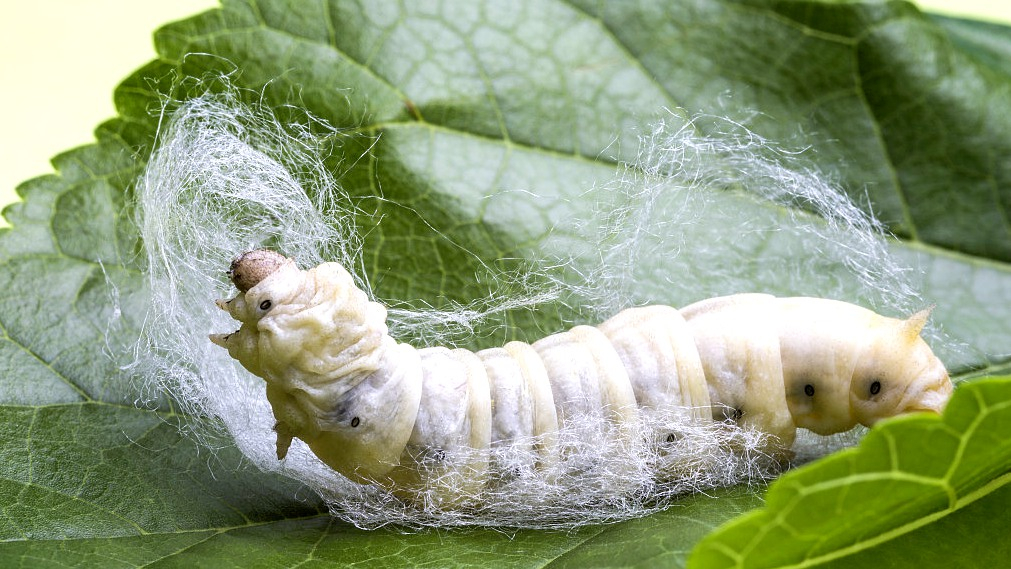
Silkworm breeders generally expose silkworm cocoons to intense heat after harvesting them to prevent adult worms from emerging. This technique is opposed by some animal rights advocates due to the killing of these silkworms as this is effectively cruelty in silk production.
Silk manufacturers gently unwind the strands that the silkworms have put into place after cocoons are cooked. To make the silk, the silk cocoons are boiled for a few minutes to remove a little quantity of sericin, the glue-like material that silkworms secrete to build their transformation chambers.
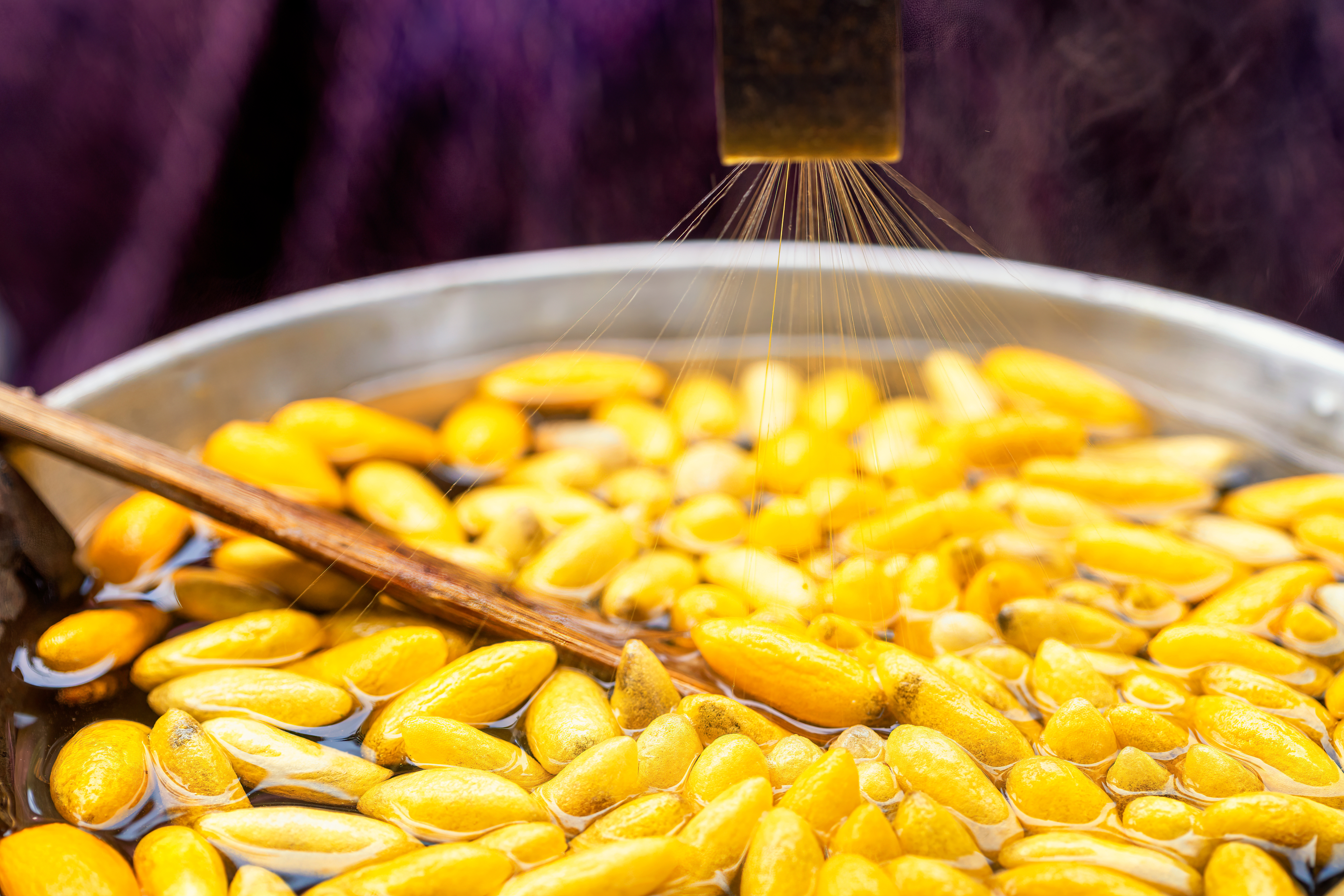
Silkworms spin cocoons from a single long thread of fiber, resulting in a string of silk when completely unwound. To unwind the cocoon, workers or automated machines brush the cocoon to locate the loose end of the thread and load it into a spool that unwinds the silk strand via a porcelain eyelet.
The silk strand is mechanically connected to another strand as it is loaded into the reel, forming a continuous string. The silk strand's sericin helps the strands cling together. Then, to form yarn, silk makers twist these long threads together.
Silk makers may use a range of post-production techniques to generate silk yarn with specific properties, after which the silk yarn is rolled to make it more consistent. Now the yarn is ready to be woven into textiles and garments.
Most silk textile makers color and even bleach the yarn before weaving it. To acquire the necessary characteristics, these makers may harden or steam silk.
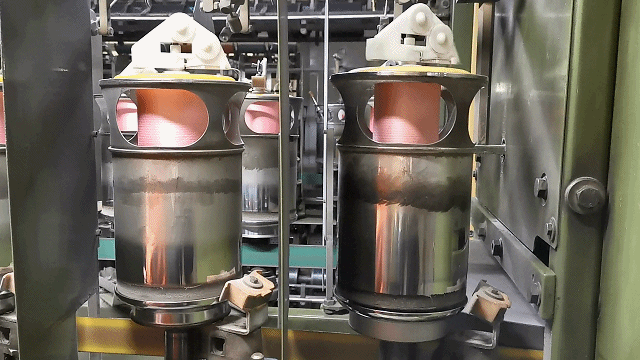
What Is Cruelty-Free Silk and How Is It Produced?
Peace silk, often called Ahimsa silk, is a method of releasing silkworms from their cocoons free and joyful, allowing them to complete their normal life cycle. The silk is then made from the empty cocoons.
Cruelty-free silk is still not completely called a vegan fabric, but it is animal-friendly, and unlike regular silk, it is not produced by killing silkworms.
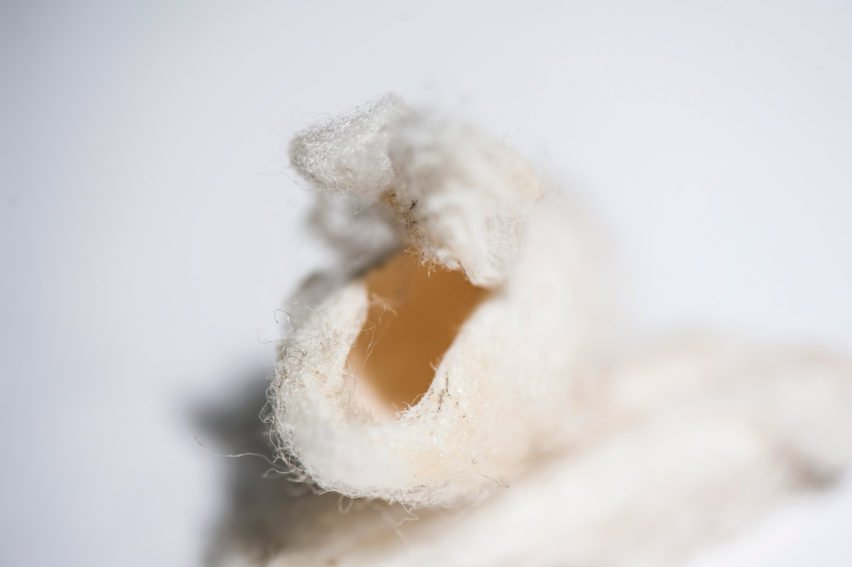
Is Peace Silk a Better and Ethical Alternative?
Peace silk isn't really a better nor more ethical option. In fact, it is liable for more caterpillar fatalities than traditional silk manufacturing.
Peace silk, or Eri silk, is often promoted as a kinder and ethical alternative to suffocation silk since the moths are able to crawl out of their cocoons and reproduce.
However, what happens to the adult moths after they come out of the cocoon is never questioned.
Farmers let the moths mate, and the male moths are utilized repeatedly until their fertility declines. Once they're no longer used, they are simply discarded and allowed to die a slow death. The female silkmoths are squashed and then tested to see whether they carry any illnesses; if they do, all of her eggs get destroyed.
A single female moth may lay between 200 and 1000 eggs. The eggs of certain strains must be refrigerated; else, the children would perish in around two months. They hatch after being refrigerated and must be fed straight away; else, they would perish from malnutrition or dehydration. However, any quantity that exceeds the demands of the following crop results in the mortality of 200-300 embryos and hatching silkworms per moth.
Why is that? The great majority of silkworms grown for Ahimsa silk produce many breeds each season. If you start with 20,000 cocoons, the following generation will produce 2.5 million cocoons, while the one after that will produce
312 million cocoons. We could go on, though one thing is certain: feeding that many silk moths is impossible. As a result, many offspring are abandoned to perish of hunger and dehydration. This implies that millions of caterpillars get killed instead of one pupa for every cocoon (as in conventional silk production).
The concept of peace silk is alluring, which is why many aware customers shun silk but are happy to purchase and wear peace silk -the name itself is rather appealing. However, considering the true picture of peace silk businesses, you begin to realize that it is neither ethical nor peaceful: the silkworms are "released free" from the cocoon, but they still die a horrible death. As a result, wearing animal-friendly clothing is the same as wearing animal-free clothing.
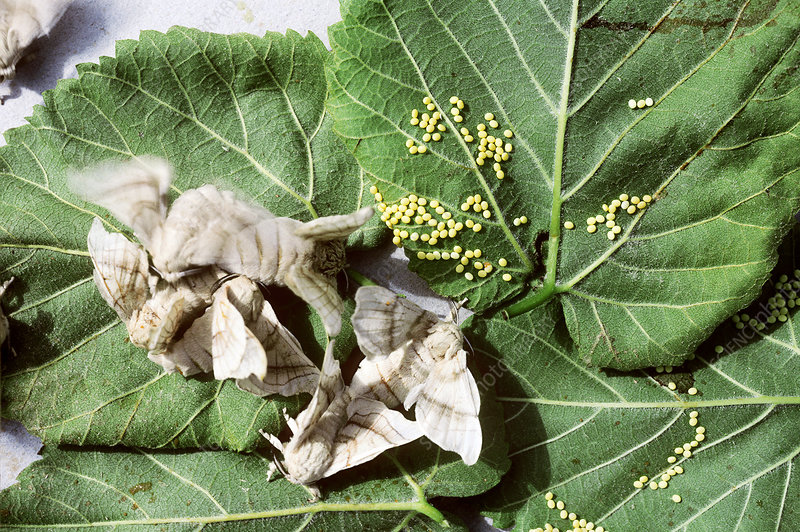
Is It True That Insects Suffer?
Silkworms get killed by submerging them in boiling water, although they may suffer as a result. While insects do not have the same neural system as humans, they do convey impulses in reaction to stimuli. Experts argue on how much pain or suffering an insect can endure. 5 Most, on the other hand, keep the possibility open, believing that insects may experience pain in the same way that humans do. 6
Vegans think that all organisms are worthy of ethical treatment, even if they accept the assumption that insects do not experience pain like people or even other animals do. When a silkworm is placed into the boiling water, it does not technically "hurt" them, but it does die -and death without pain is nonetheless still death.
Short Life Cycle of Silkworms
A silkworm's life cycle lasts between 6 and 8 weeks. In general, warmer weather means that it will end up completing its lifecycle even quicker. After emerging from the cocoon, the moth lives for just 5-10 days, with males often lasting longer than females. Silkmoths will begin looking for a mate almost as soon as they emerge from their cocoon, and some have been spotted mating with moths of opposing sex within their cocoon if two moths share one! The female silkmoths will deposit 300-500 eggs after mating and then die. Hence, overall, the life cycle of silkworms and moths is already quite short.
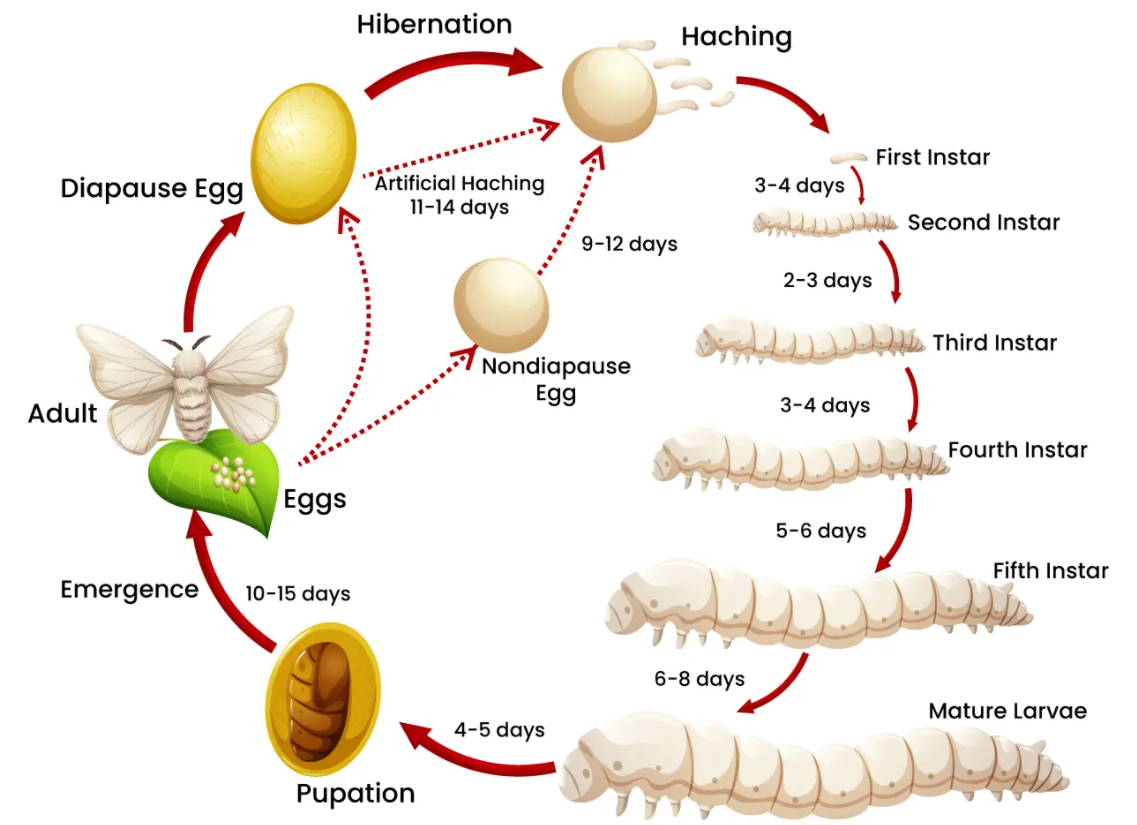
The Disadvantages of Peace Silk
- Expensive
- Time-consuming to produce
- Less shiny
- More susceptible to insects and wear and tear
- Inferior quality
- Results in the deaths of more silkworms
What about silk’s costs and benefits to humans?
Take India as an example. The output of raw silk has reached 2 million tons, and India accounts for more than 28,000 tons. It ranks second among silk producing countries and accounts for 14% of the total raw silk production in the silkworm world. In the Indian economy, agriculture is the main industry that solves employment, accounting for 70% of the population to provide jobs. Moreover, agriculture accounts for 45% of GDP. Sericulture is an excellent part of agriculture, because for every five tons of raw silk produced, more than 200 people are employed and mostly women. It provides invaluable jobs for women, and is actually engaged in the sericulture industry. Women have a positive influence on the education and nutrition of the family.
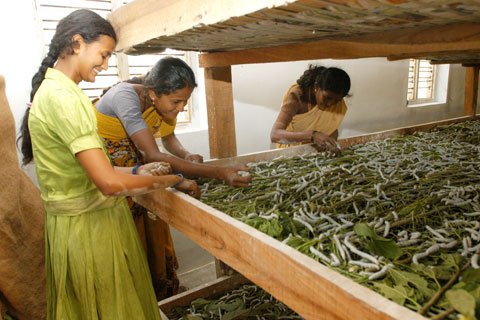
What are the alternatives to silk?
If you decide not to wear silk, you may consider using other artificial fabric as substitutes. Unfortunately, ethically speaking, these may be worse.
The most famous and most common alternative is rayon which also called viscose, The main raw material is cotton pulp or wood pulp. Natural cellulose is separated and regenerated through chemical reaction. Despite its plant-based, The way it’s made (often with toxic chemicals, and how the plants are sourced (often in a way that destroys old-growth rainforests), according to many reports, facoties in China, India and Indonesia were harming local families, causing the mental faculties of children to degenerate before they reach their teens, and environmental pollution.
The silk-like polyester fabric is also can be considered as an alternative of silk, as we know the polyester fabric are basically made from plastic, At present, the world produces nearly 300 million tons of plastic each year, which is not only harmful to the environment and the ocean, but also harmful to wildlife: it affects nearly 700 marine species and humans.
According to the Marine Conservation Organization, plastic is found in more than 60% of seabirds and 100% of sea turtles, and this plastic may eventually enter the human body. According to a recent study in Belgium, the British indirectly swallow 11,000 pieces of plastic by eating fishes.
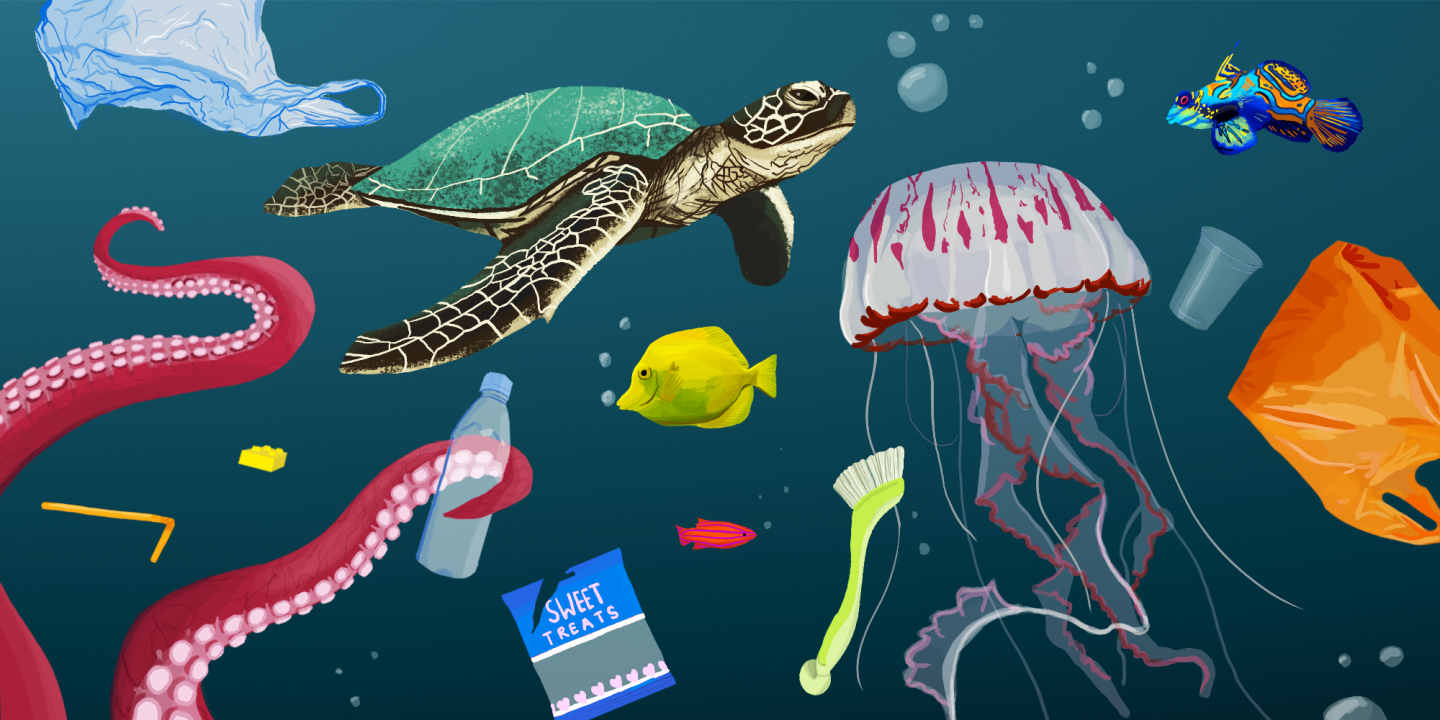
So is it cruelty to wear silk and is peace silk better ? Obviously there is no clear answer, you can answer it with your own value and priorities.





 English
English German
German French
French Russian
Russian Spanish
Spanish Japanese
Japanese Korean
Korean Portuguese
Portuguese Ukrainian
Ukrainian Arabic
Arabic Italian
Italian











Leave A Comment